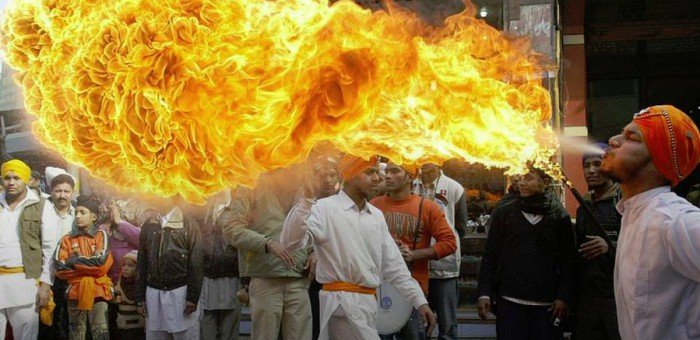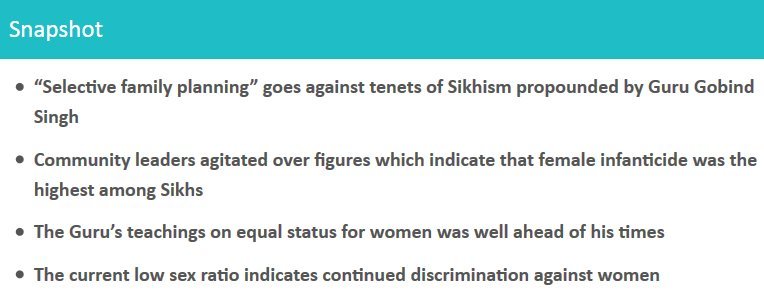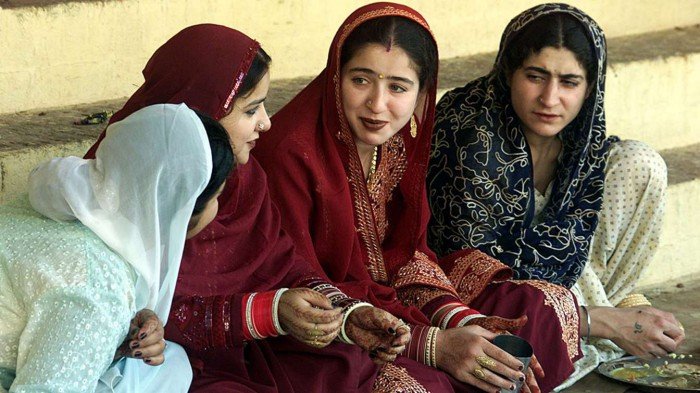 |
| A Sikh fire breather performs during a religious procession ahead of the birth anniversary of Guru Gobind Singh in Amritsar. (File Photo: Reuters) |
The tenth guru of the Sikhs, Guru Gobind Singh, who also founded the Khalsa Panth, was far ahead of his times. The path shown by him is even more relevant today as we observe his 308th martyrdom day.
The Guru ordained before making the supreme sacrifice that the Guru Granth Sahib, which carries the teachings of all previous nine gurus, besides those of saints and religious leaders, should henceforth be considered the guru by all Sikhs.
The world’s youngest religion now has its followers spread across the world, and as the latest census figures stated, are thriving. It has the fourth highest number of followers in the country after the Hindus, Muslims and Christians.
Although the decadal growth rate of the Sikhs had slowed down, it may be an indication that the community is comparatively better off, more literate and has greater awareness than other communities. It also indicates that the community has adopted family planning methods.
Lowest Sex Ratio

While the Sikh community may have adopted family planning methods, it is the “selective family planning” evidently adopted by a significant section of the community which goes against the tenets of Sikhism propounded by Guru Gobind Singh.
Selective Family Planning
The cause of serious concern has come out after the recently released religion-based census which has established that the lowest sex ratio in the country was among the followers of Sikhism. It stood at 903 females per 1,000 males against that of the Christians (highest) at 1,023 followed by Hindus at 939 and Muslims at 951.

The community leaders are also agitated over the figures which indicate that the incidence of female infanticide was the highest among the Sikhs. The Akal Takht Jathedar or the head priest of the highest temporal authority of the Sikhs, Giani Gurbachan Singh has called for steps to curb the tendency for this “selective family planning”.
Soon after Guru Gobind Singh established the Khalsa Panth in 1699, he addressed the congregation and said:
 From now on, you have become casteless. No ritual, either Hindu or Muslim, will you perform nor will you believe in superstition of any kind, but only in one God who is the master and protector of all, the only creator and destroyer. In your new order, the lowest will rank with the highest and each will be to the other a bhai (brother). No pilgrimages for you any more, nor austerities but the pure life of the household, which you should be ready to sacrifice at the call of Dharma.
From now on, you have become casteless. No ritual, either Hindu or Muslim, will you perform nor will you believe in superstition of any kind, but only in one God who is the master and protector of all, the only creator and destroyer. In your new order, the lowest will rank with the highest and each will be to the other a bhai (brother). No pilgrimages for you any more, nor austerities but the pure life of the household, which you should be ready to sacrifice at the call of Dharma.
And significantly, “women shall be equal of men in every way. No purdah (veil) for them anymore, nor the burning alive of a widow on the pyre of her spouse (sati). He who kills his daughter, the Khalsa shall not deal with him”.
Treating Women as Equal
Those were the times when women had a low status in society. Both Hindus and Muslims regarded women as inferior and a man’s property, to be used as servants or entertainers. Men were allowed polygamy but widows were debarred from remarrying and encouraged to burn themselves on their husband’s funeral pyre (sati). They were considered victor’s booty after every war. Child marriage as well as female infanticide were common.

To have spoken of equal status for women under the prevailing social norms was something extraordinary and well ahead of his times. Similar teachings were spread by all the previous gurus, including the first guru, Guru Nanak. The Gurus encouraged the participation of women as equals in worship, in society, in households and on the battlefield. They admitted women to congregations, encouraged them to study and be equal partners in the development of the society and the state.
Guru Gobind Singh made the Khalsa initiation ceremony open to men and women alike, and ordained that while men would be given the name Singh meaning lion, the women would be called Kaur, meaning Princess. A Sikh woman was also not required to take her husband’s name. Sikhs were forbidden from having any association with those who practiced female infanticide.
Low Sex Ratio Among Sikhs
 |
| Dowry, inheritance laws and prospects of division of land, are few factors behind preference for the male child. (Photo: Reuters) |
The low sex ratio indicates that the society, particularly a significant section of Sikhs, continue to discriminate against women. It establishes rampant use of sex selection techniques even though they have been banned. Sociologists point out that the continuing and increasing system of dowry and the social pressure to “show off” at “big fat weddings”, besides inheritance laws and prospects of division of land, are among the major factors behind the preference for a male child.
The scourge of female infanticide is not new and the only silver lining is that the sex ratio among Sikhs has improved slightly over the 2001 figures when the ratio was as low as 786 females per 1,000 males. While Delhi and Chandigarh had better sex ratio among Sikhs at 925 and 910 per 1,000 males respectively, the situation in some districts particularly in southern Punjab was dismal. The figures for child sex ratio for 2011 have not yet been released but experts believe there may not be much improvement.
Ray of Hope
Fortunately some steps have been taken in the right direction. One of the initiatives is the setting up of a not-for-profit organisation called ‘Nanhi Chhaan’ which aims at improving the inverse gender ratio and depleting tree cover. Several top leaders from various fields are its patrons, with the Union Minister Harsimrat Kaur Badal as one of the guiding spirits.
The foundation believes:
 The impact of not recognising the rights of the girl child is detrimental to all forms of society’s progress, both socially and economically. With increasing female foeticide and female infanticide, partisan treatment between young girls and boys that often favours the latter gender has a much larger impact.
The impact of not recognising the rights of the girl child is detrimental to all forms of society’s progress, both socially and economically. With increasing female foeticide and female infanticide, partisan treatment between young girls and boys that often favours the latter gender has a much larger impact.
By merging the two aims of environmental protection and empowerment of women, the foundation “believes that the nurture of each sapling into a tree carries a commitment to respecting the rights of a girl child to a life with dignity and her right to nurture and develop to her fullest potential’’. The foundation encourages and celebrates the birth of girl child.
However, the community, as well as the Sikh clergy, has to do much more and remain vigilant to follow and practice the teachings of Guru Gobind Singh and other gurus before him.
(The writer is a senior journalist based in Chandigarh.)
